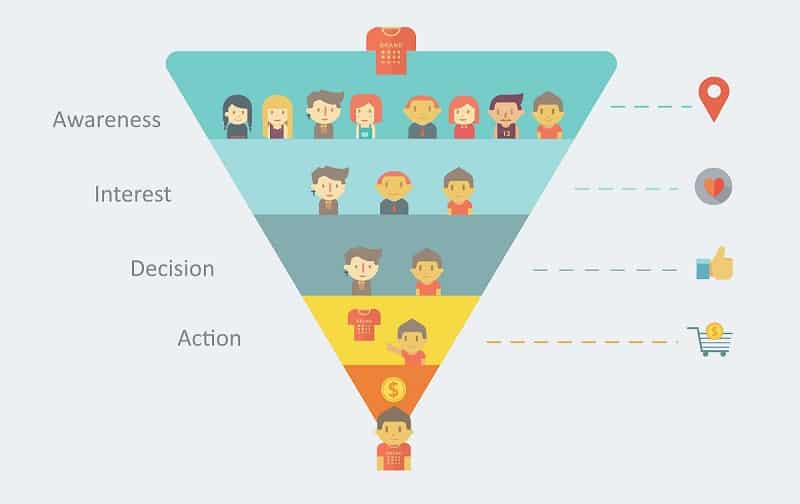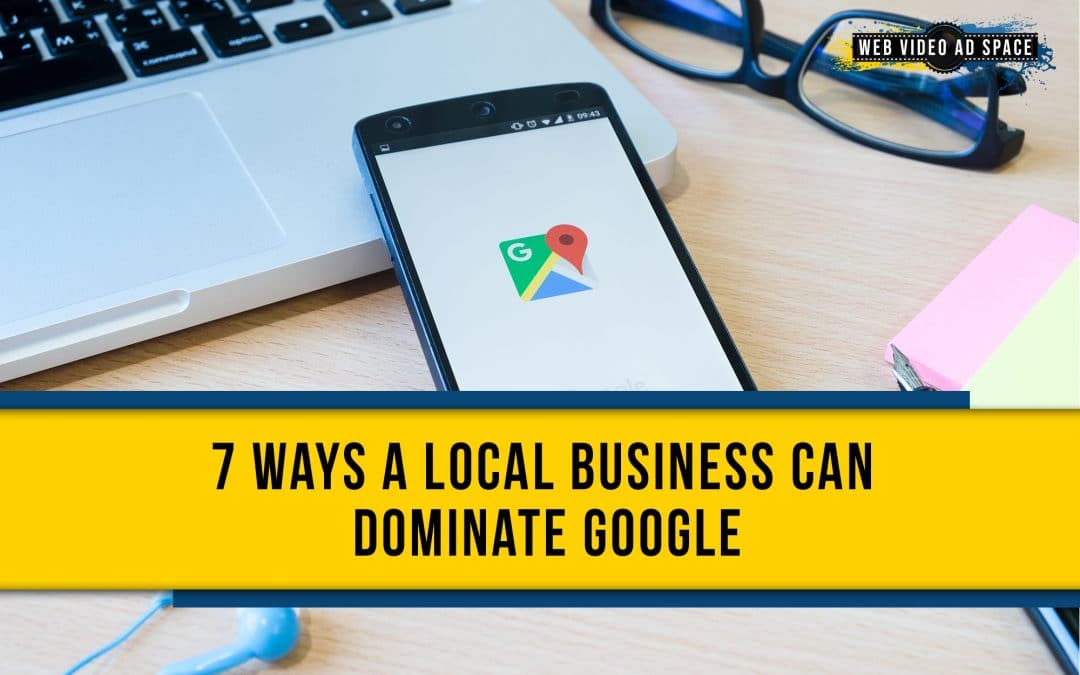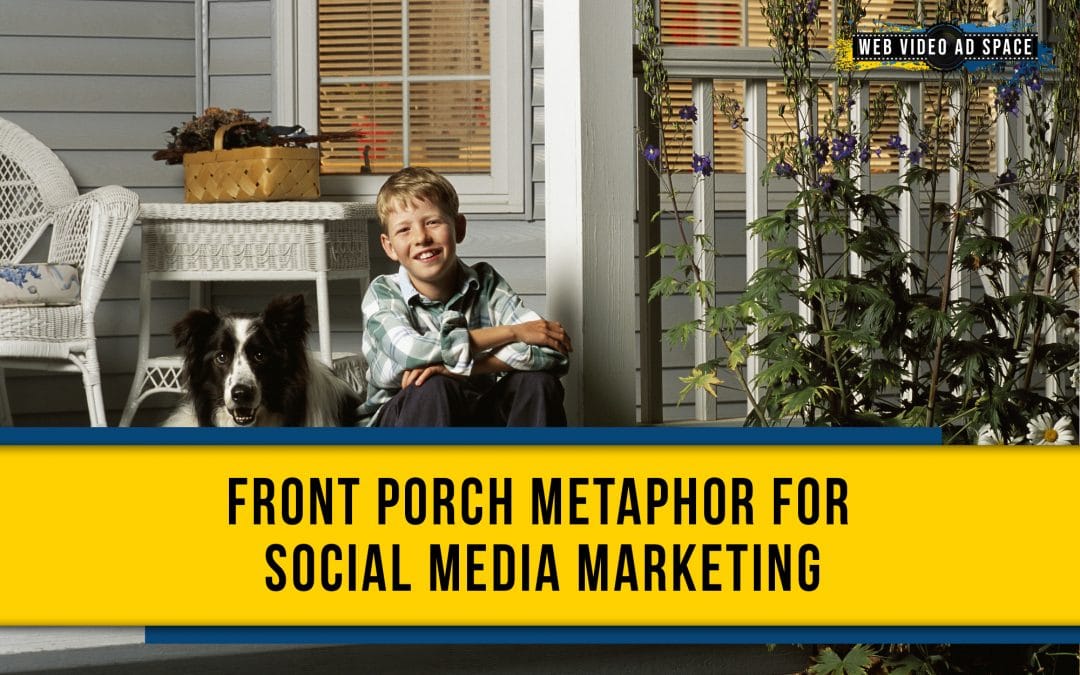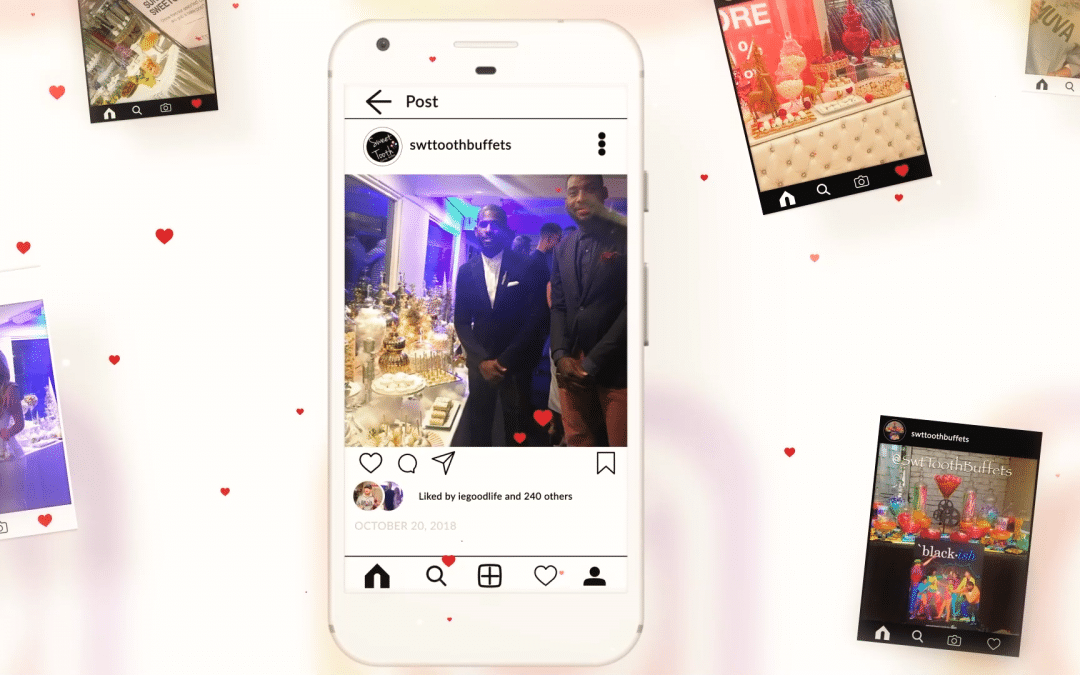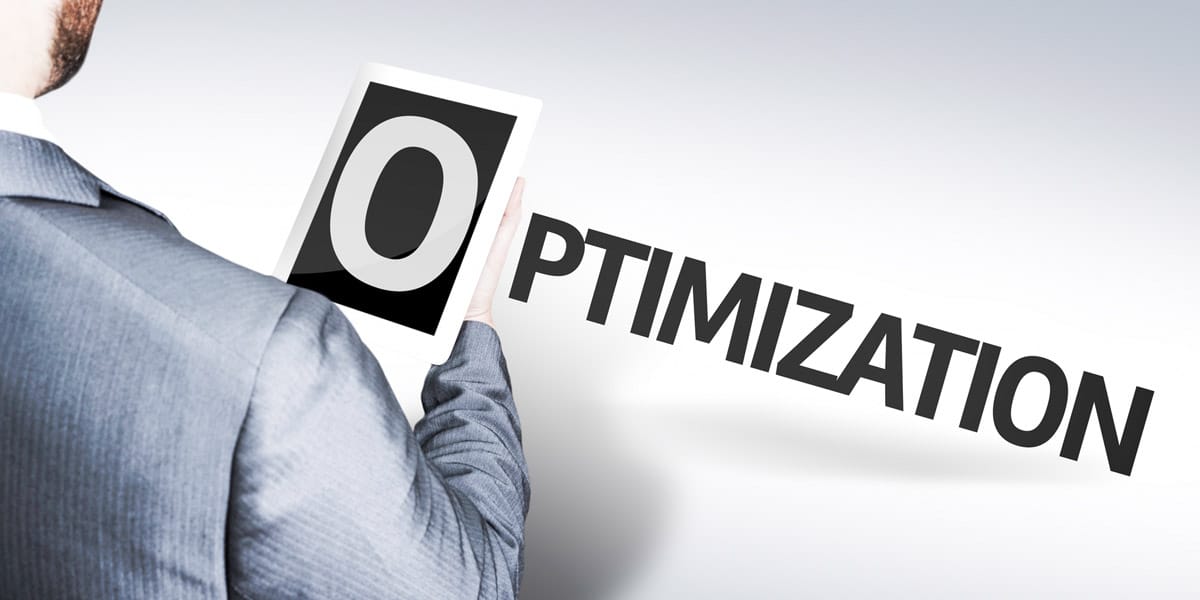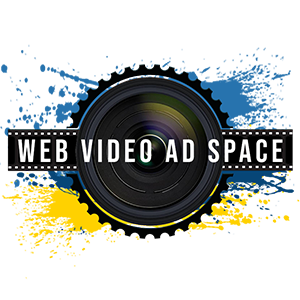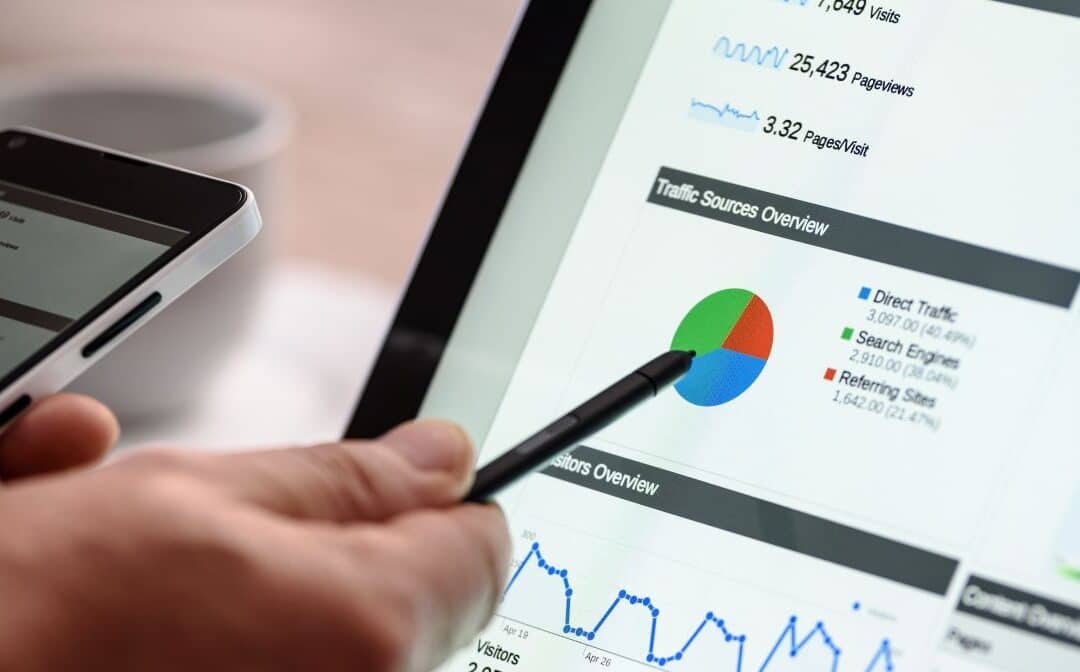
Grow Your Janitorial Company With Google Ads
Why Google Ads Is A Great Way To Grow Your Janitorial Company
If you’re in the business of cleaning up messes, there’s no better place to advertise your services than Google Ads. With over 3.5 billion searches per day, Google is the world’s most popular search engine, making it an ideal platform for reaching potential customers. And because you can target your ads specifically to people who are searching for janitorial services in your area, you can be sure that your ad will be seen by people who are actually in need of your services. Plus, with Google Ads, you only pay when someone clicks on your ad, so you’re only paying for results. So if you’re looking for a great way to grow your janitorial company, Google Ads is the way to go.
How to Plan a Google Ads Campaign for Your Janitorial Business
Google Ads can be a great way to reach new customers and grow your business. But where do you start? Planning a Google Ads campaign is easy, and there are a few simple steps you can follow to get started.
First, decide what you want to advertise. This can be anything from your latest product to a sale or promotion. Once you know what you want to promote, you can create your ad using the Google Ads interface. You’ll need to come up with a catchy headline and some compelling copy to persuade people to click on your ad.
Next, you’ll need to choose your target audience. You can target people by location, age, gender, interests, and more. Then, set your budget and choose how long you want your ad to run for. Finally, hit “publish” and your ad will be live!
With these easy steps, you’ll be well on your way to planning a successful Google Ads campaign for your janitorial business. So what are you waiting for? Get started today!
Tips For Optimizing Your Google Ads Campaign For Better Performance
If you’re serious about marketing your business online, then you can’t afford to neglect Google Ads. After all, Google is the largest and most popular search engine in the world, and a well-run Ads campaign can generate a significant number of leads for your business. Of course, running a successful Google Ads campaign is easier said than done. To help you get the most out of your Ads budget, here are a few tips to optimize your campaign for better performance:
2. Create compelling ad copy. Once you’ve identified the right keywords, it’s time to create ads that will actually get clicked on. This means crafting headlines and descriptions that are both relevant and eye-catching. After all, you only have a limited amount of space to make an impression, so make sure your ad copy is up to the task.
3. Use negative keywords. In addition to targeting the right keywords, you also need to use negative keywords to filter out irrelevant searches. For example, if you sell women’s clothing, you would want to add “men” as a negative keyword so that your ad doesn’t show up when someone searches for “men’s clothing.”
4. Test different strategies. Finally, don’t be afraid to experiment with different strategies until you find what works best for your business. There is no one perfect way to run a Google Ads campaign, so try out different combinations of keywords and ad copy until you find a winning formula.
All in all, Google Ads is a great way to grow your business. If you’re not currently using it, now is the time to get started. By following our tips for setting up and optimizing your campaign, you can expect to see improved results and more leads coming in from Google. Ready to give it a try? Contact us today and we’ll get started on creating an effective Google Ads campaign for your janitorial company. Thanks for reading!


 Have you ever seen a business that seems to be bringing in a steady flow of new customers from their ugly website?
Have you ever seen a business that seems to be bringing in a steady flow of new customers from their ugly website?